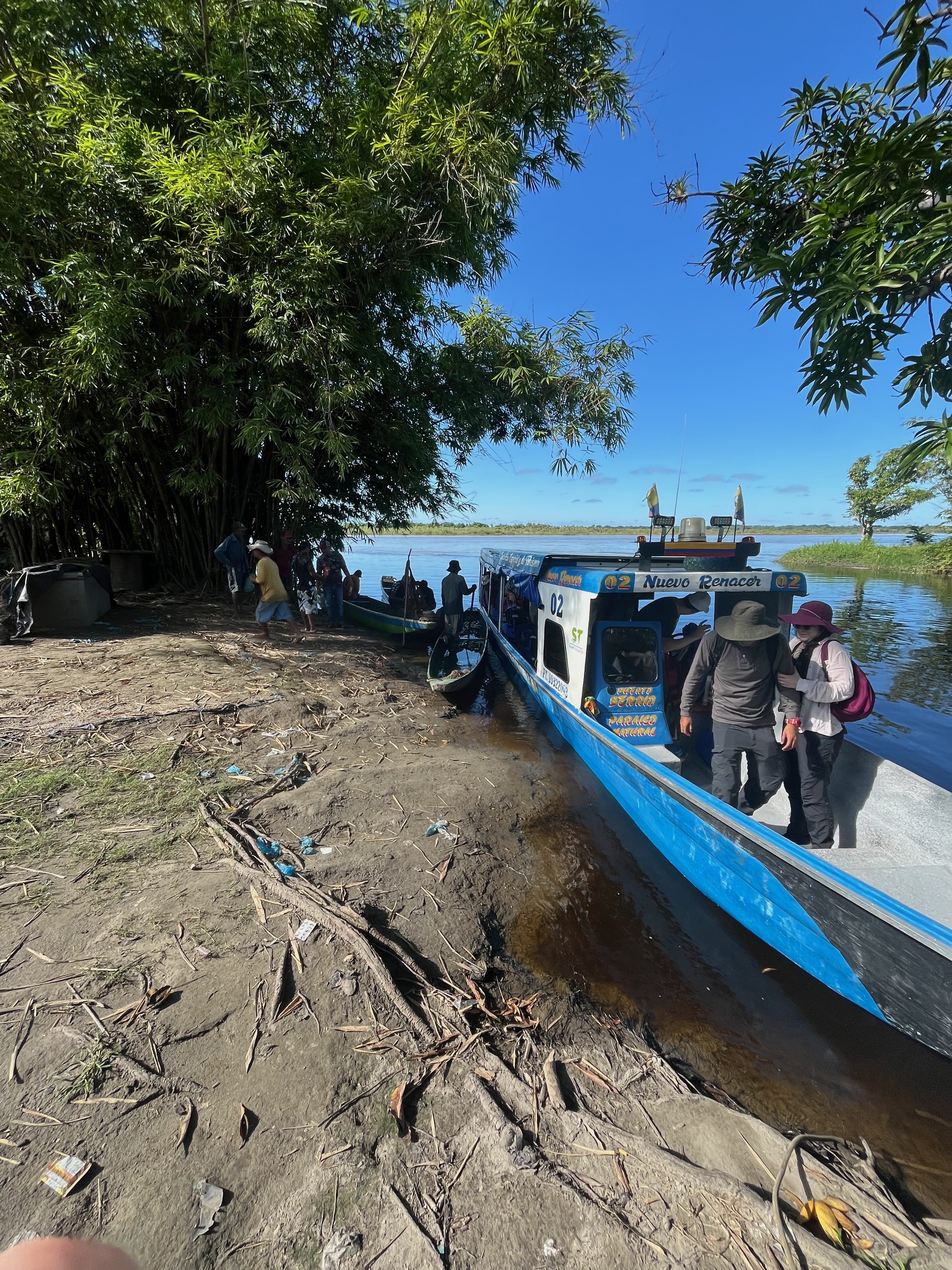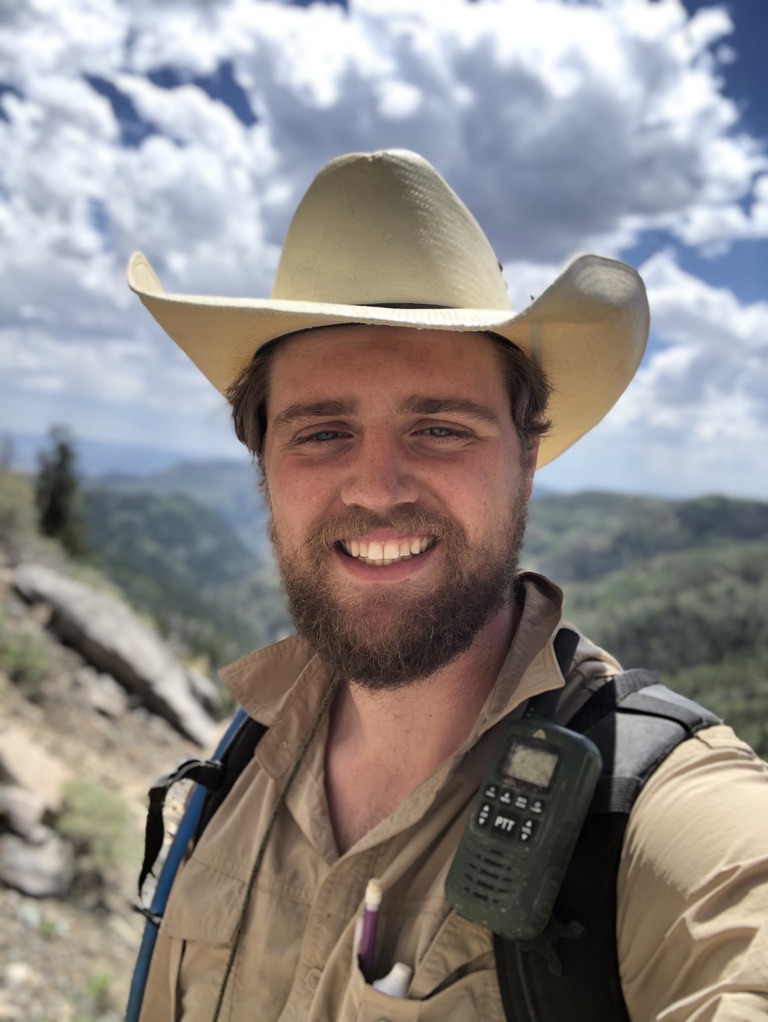James (Jake) Gearon
Sedimentary Dynamics & Analytics
Research Focus

I study sedimentary landscape organization and response to perturbations across scales, focusing on the patterns, thresholds, and transitions that emerge from fundamental physical processes. By quantifying spatial and temporal relationships in alluvial systems, I investigate how landscapes maintain, destabilize, and reestablish their structure. My data-driven approach seeks to uncover mechanistic controls on sedimentary and alluvial landscape processes, advancing both theoretical understanding and hazard prediction.
Earth science is transitioning from a data-poor to a data-rich field. I use geospatial data engineering and applied data science—largely through the lens of remote sensing—to investigate classic problems in geomorphology and sedimentology. In my current postdoctoral work in the Global Hydrology Lab at UNC Chapel Hill, I am leveraging the Surface Water and Ocean Topography (SWOT) mission to directly image coastal backwater profiles at global scales, identifying regions vulnerable to compound flood hazards and river avulsion.
Key Research Areas:
Coastal Backwater Dynamics & SWOT Mission: Using the Surface Water and Ocean Topography (SWOT) satellite to directly image coastal backwater profiles—the zones where rivers begin to respond to ocean dynamics—at global scales for the first time. This work identifies backwater transition points, revealing regions vulnerable to compound flood hazards and informing river avulsion prediction. Seasonal shifts of the backwater zone (sometimes hundreds of km) affect flood timing, delta processes, and sediment routing across floodplains.
Natural Hazards under Climate Change: Investigating river avulsions and their impact on flooding and infrastructure. Recent avulsions in India alone have displaced millions and damaged agricultural and transportation infrastructure. My work presents a novel theoretical framework that identifies which rivers are vulnerable to avulsion and predicts the path of an avulsing river.
Sedimentary Stratigraphy: Developed the Supply-Generated Sequence (SGS) model through detailed outcrop correlation in the Green River Formation of Utah, demonstrating that clastic sequences in closed basins are primarily generated by pulses of sediment supply during lake-level rise, reversing the canonical marine model. This model has since been applied in industry and validated in subsequent studies.
Data Engineering & Machine Learning in Geosciences:
- Wrangling terabytes of SWOT and ICESat-2 data into coherent fluvial profiles
- Creating BASED (Boost-Assisted Stream Estimator for Depth)
- Building infrastructure for Army Corps of Engineers levee analysis
- Designing LakePy for global lake water level analysis
- Generating bare-earth cross-sections of remote alluvial systems (Amazon, Papua New Guinea)
Publications
Aman Agarwal, James Gearon, Raksha Rank, and Etienne Chenevert. Fighting Fires from Space: Leveraging Vision Transformers for Enhanced Wildfire Detection and Characterization. arXiv preprint arXiv:2504.13776, 2025.
James H. Gearon and Douglas A. Edmonds. River Avulsion Precursors Encoded in Alluvial Ridge Geometry. Geophysical Research Letters, 52:e2024GL114047, 2025.
Joseph S. Levy, Thomas F. Subak, Ian Armstrong, Izzy King, Lingfeng Kuang, Lily Kuentz, James H. Gearon, Sophie Naylor, MC Rapoza, Haobo Wang. Martian chaos terrain fracture geometry indicates drainage and compaction of laterally heterogeneous confined aquifers. Icarus, 426:116377, 2025.
T. H. Doane, J. H. Gearon, H. K. Martin, B. J. Yanites, and D. A. Edmonds. Topographic roughness as an emergent property of geomorphic processes and events. AGU Advances, 5(5), 2024.
James H. Gearon, Harrison Martin, Clarke DeLisle, Eric Barefoot, David Mohrig, Chris Paola, and Douglas Edmonds. Rules of river avulsion change downstream. Nature, 2024.
Puyu Liu, Chenglin Gong, James H. Gearon, et al. Increased sediment connectivity between deltas and deep-water fans in closed lake basins: A case study from Bozhong Sag, Bohai Bay Basin, China. Sedimentary Geology, 2023.
James H. Gearon, Cornel Olariu, and Ronald J. Steel. The supply-generated sequence: A unified sequence-stratigraphic model for closed lacustrine sedimentary basins with evidence from the Green River Formation, Uinta Basin, Utah, U.S.A. Journal of Sedimentary Research, 92(9):813–835, 2022.
James H. Gearon and Michael H. Young. Geomorphic controls on shrub canopy volume and spacing of creosote bush in northern Mojave Desert, USA. Landscape Ecology, 2020.
